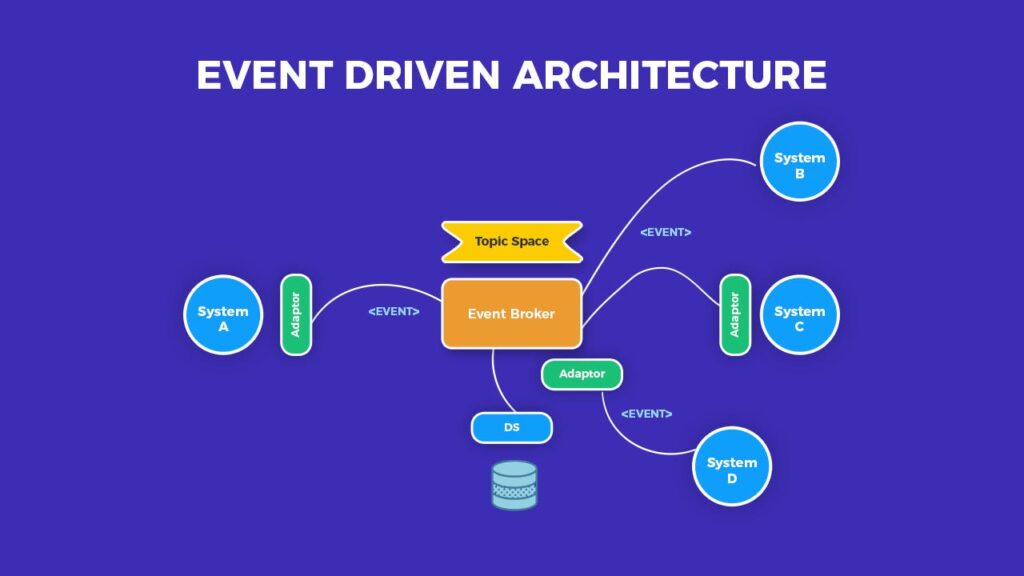Introduction:
In recent years, there has been a major shift in the technology world towards asynchronous transactions and event-driven architecture. This change resulted from the need to be efficient and effective due to factors such as increasing information, timely applications, and better sharing of information for customers. In this blog, we take an in-depth look at the rise and growing influence of asynchronous programming and event-driven architecture in today’s applications.
Asynchronous programming, at a basic level, allows more than one thing to happen at the same time. It revolves around the context of Promises and Callbacks, allowing developers to say: “Once this is done, do this.” Therefore, the code does not remain idle during this time, but performs other tasks simultaneously. This makes applications more efficient and faster, making asynchronous programming the basis of real applications, multi-threading, and web server development.
What is driving the rise of asynchronous programming? The answer often lies in the ability to improve execution and improve the overall results and performance of the system. While the system manages the number of concurrent user requests, the asynchronous process ensures that these requests are handled in a non-blocking manner. This means that while the most important tasks in the business are being completed, other less costly tasks can be completed at the same time.
However, to truly understand the advances in asynchronous programming it is important to explore the concept of event-driven architecture. Event-driven architecture is a framework that organizes behaviors related to the creation, discovery, and consumption of events. The ability to create asynchronous programming has become the driving force behind event-driven architecture, in which applications are built for user- or process-generated events (“events”).
The advantages of event-driven architecture can be attributed to its ability to provide instant updates and to enable the creation of notifications or event streams of different events by processing large amounts of data. Incidents can be tracked, processed and responded to immediately; This allows applications to react instantly. It is also important to remember that the performance of the application can determine the success or failure of customers, highlighting the important role of architecture-driven events in today’s digital business world.
It is a task-oriented architecture consisting of asynchronous programming and events that today’s technology giants have discovered for their efficiency and power. Applications built on asynchronous and event-driven concepts can handle large clients, provide faster response times, improve user experience, and manage resources efficiently.
As the technology landscape continues to evolve, we expect asynchrony to focus more on process and event-driven architectures. As developers, businesses, and business leaders, recognizing the potential and supporting these processes can enable us to create stronger, more efficient, and more powerful.
Conclusion:
Teaching yourself or your team to understand asynchronous operations and realize the ability to create an event-driven architecture is a skill, not a “nice to have“. It is important. The rise of these advanced technologies is changing the way we design and develop high-performance applications, putting them at the forefront of tomorrow’s technology landscape. Therefore, the rapid rise of asynchronous programming and event-driven architecture are both technological changes and beneficial in a world that is constantly looking for faster solutions and getting better.

